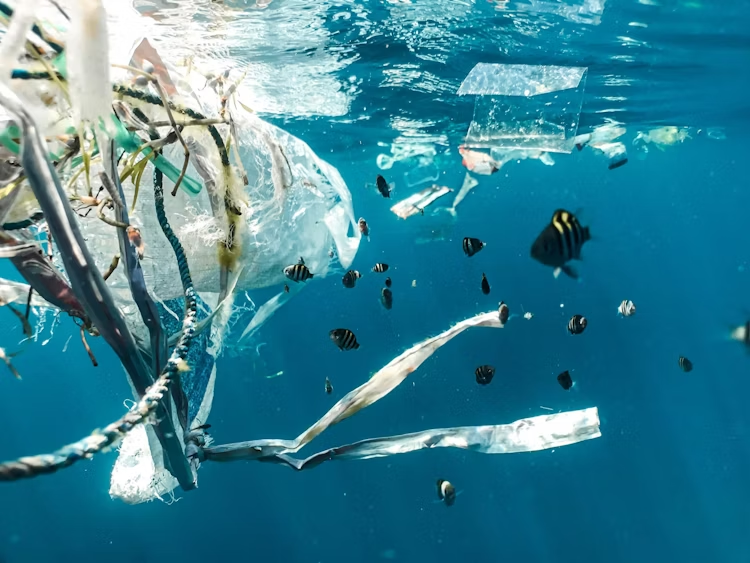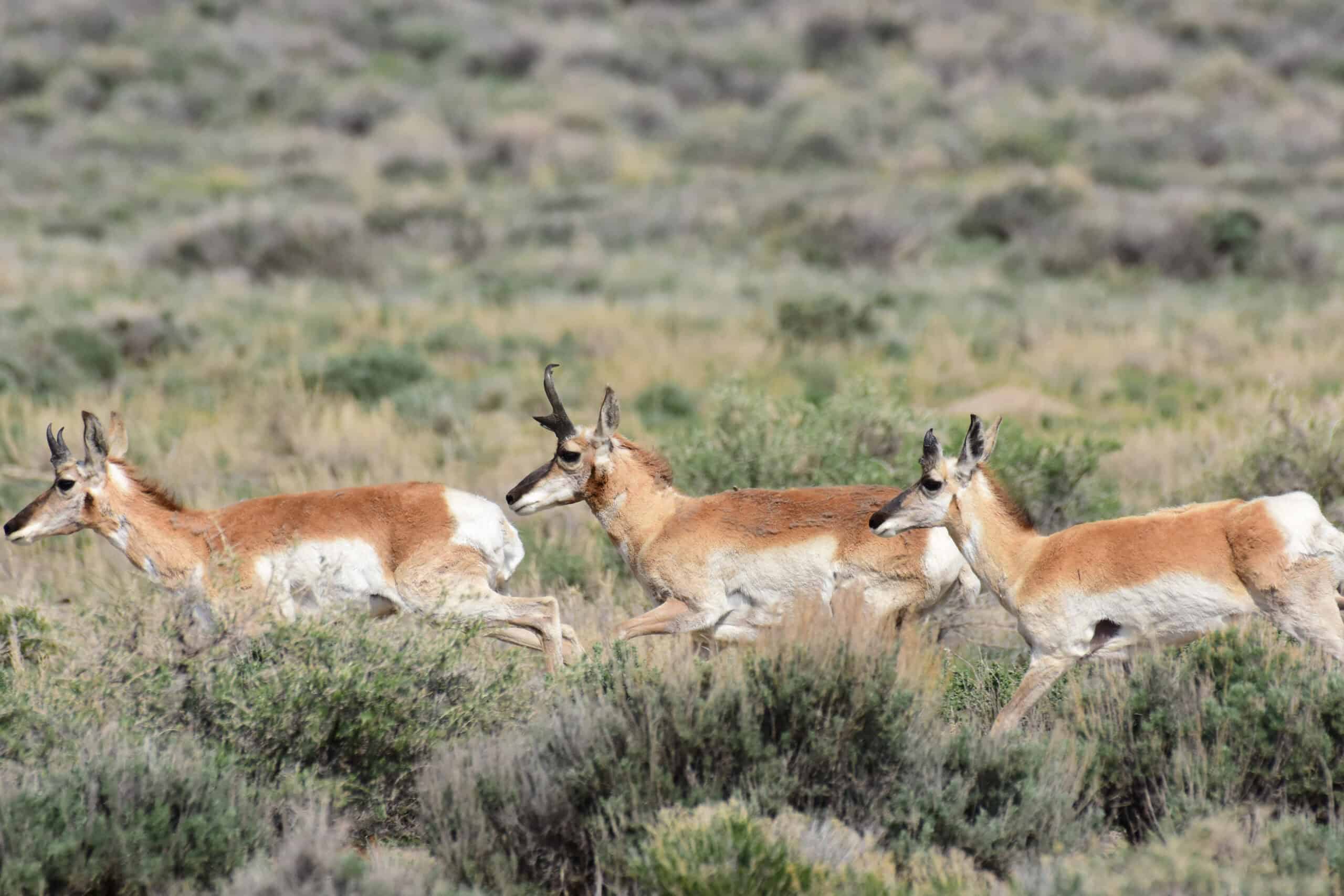As our planet’s stewards, it is our responsibility to protect and nurture the diverse life forms that share our world. Animal conservation is an integral part of this stewardship, ensuring the survival and health of wildlife and their habitats.
This responsibility extends to all of us, including students, who may wonder how they can contribute meaningfully. This article will shed light on 8 little things any student can do for animal conservation. These actions are not only simple but also easily incorporated into day-to-day student life.
Why Should You Care?
To grasp the essence of animal conservation, it is necessary to understand the concept of biodiversity, which refers to the wide variety of life on Earth. Our planet thrives on this rich variety of species, each playing a unique role in the ecological balance. Without this balance, ecosystems falter, affecting all forms of life, including humans.
For students juggling many responsibilities, from finding time to study to asking someone to write my papers for me, it might seem overwhelming to consider their part in animal conservation. However, these concerns are interconnected.
The importance of maintaining biodiversity cannot be overstated. Every species, no matter how small or seemingly insignificant, contributes to the health of our planet. As species become endangered or extinct, ecosystems suffer, creating a ripple effect that can result in drastic, often negative changes.
The health of our planet and its ecosystems impacts everything from the food we eat to the stability of our climate. No matter the career path students choose to follow, our future depends on the richness and health of our planet. Understanding and participating in animal conservation is a vital part of ensuring a sustainable future for all.
8 Simple Actions for Animal Conservation
1) Reduce, Reuse, and Recycle
One of the most immediate steps students can take towards animal conservation is embracing the mantra of “Reduce, Reuse, Recycle.” Every piece of plastic we reduce or recycle means less waste in the natural habitats of animals. Minimizing consumption and efficiently managing waste significantly reduces our carbon footprint, thus slowing the pace of climate change—a major threat to numerous species.
2) Mindful Consumption
Consumer choices have a profound impact on wildlife. From opting for sustainably sourced products to avoiding those that contribute to habitat destruction, students can drive demand for ethical practices. For instance, purchasing paper and wood products certified by the Forest Stewardship Council helps prevent deforestation. Similarly, choosing to consume less meat or switching to sustainably farmed options can help reduce the carbon footprint associated with industrial livestock farming.
3) Promoting and Participating in Local Clean-Ups
Joining local clean-up initiatives is an engaging way to protect wildlife. Students can either join existing groups or start their own. These clean-ups can target local parks, beaches, rivers, or neighborhoods. Not only do these efforts immediately benefit local wildlife, but they also raise community awareness about the importance of conservation. Furthermore, these activities can foster a lifelong commitment to environmental stewardship among participants.
4) Participate in Tree Planting
Tree planting initiatives have gained popularity and are important for both wildlife habitats and climate change mitigation. Native plants provide food and shelter for local wildlife and are usually more resilient to local pests and diseases. On campuses, students can advocate for the planting of native species. At home, they can do the same, cultivating a small garden that welcomes and sustains native birds, bees, and other local fauna.
4) Support Conservation Organizations
Many organizations worldwide are dedicated to animal conservation. Students can contribute by donating, volunteering, or simply spreading the word about these organizations. While direct donations may not always be feasible for students, fundraising drives or sponsored events can be effective ways to gather resources. Alternatively, students can donate their time as volunteers for local chapters of conservation organizations, contributing directly to the preservation efforts.
6) Raise Social Media Awareness
The digital age gives students a unique platform to raise awareness about animal conservation. From sharing educational content and promoting events, to organizing online campaigns, students can use social media platforms to reach large audiences. Furthermore, creating blogs or writing articles, perhaps even using school assignments as an opportunity, can engage peers in animal conservation issues, contributing to a broader cultural shift towards environmental stewardship.
7) Respect Wildlife Habitats
Appreciating wildlife means respecting it. Simple behaviors such as not littering, keeping a safe distance from wild animals, and staying on designated trails during hikes help protect wildlife and their habitats. When traveling, students can choose the option of ecotourism which prioritizes the well-being of local wildlife and ecosystems. By respecting wildlife, students send a powerful message about the value of biodiversity and set a positive example for others to follow.
8) Educate Yourself
Education is the bedrock of conservation efforts. Students should strive to learn about local wildlife, the threats they face, and what can be done to help. Schools and universities often offer courses on ecology, conservation, and environmental science, which can provide a deeper understanding. Beyond formal education, attending talks, webinars, or documentaries can enhance one’s knowledge. This education becomes more powerful when shared—through conversations, presentations, or tutoring others, students can inspire a wider commitment to conservation.
The Impact?
Each small action students take may seem insignificant in isolation, but their collective impact is substantial. The choices we make daily, from what we buy to how we dispose of our waste, ripple out into the world, influencing not only our local environments but also global ecosystems.
Consider the case of a student opting to use a recycling service instead of contributing to landfill waste. Or the impact of a term paper that raises awareness about endangered species, perhaps written with the assistance of the best paper writing services , further educating classmates and teachers about the urgent need for conservation. These are not grand, headline-making acts. But they matter. They can influence others, shift norms, and ultimately, shape a more sustainable, biodiverse world.
Conclusion
While students may not have the resources of a government or large corporation, they possess something equally, if not more, powerful:
- The ability to influence their peers.
- The capacity to innovate.
- The energy to create change.
Each action may seem small, but collectively, they can profoundly impact our planet and its diverse species. It’s easy to start today. Just choose one action from this list and make it a habit. Encourage your friends to do the same. Remember, animal conservation isn’t a duty relegated only to scientists or policymakers. It’s a collective responsibility. We are all stewards of this Earth, and our everyday actions matter. Start small, dream big!




Leave a Reply